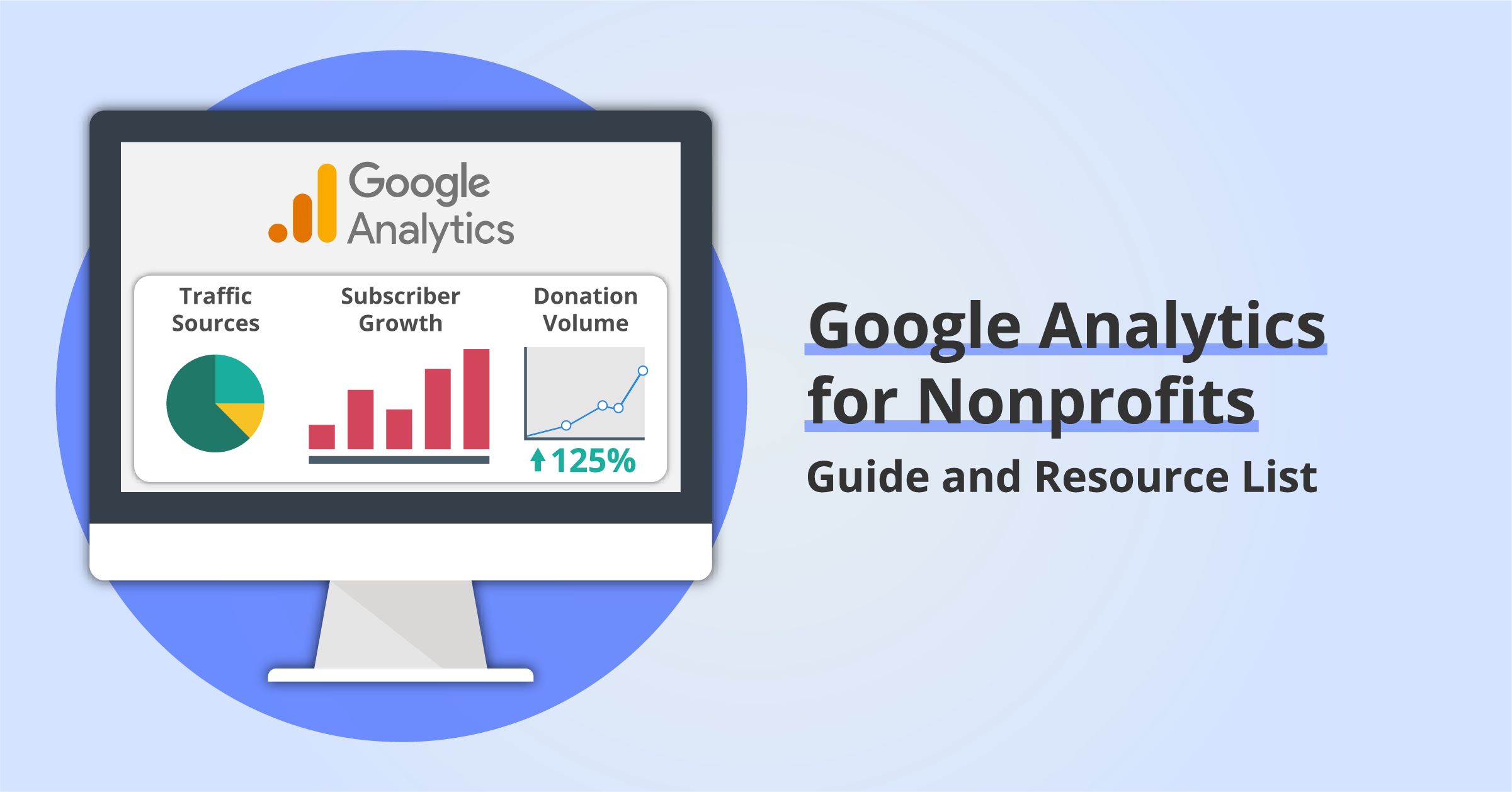The Duty of What is a "Dimension" in Google Analytics: A Detailed Explanation
The Duty of What is a "Dimension" in Google Analytics: A Detailed Explanation
Blog Article
Transform Your Data Evaluation With Professional Tips on Google Analytics Dimensions
Enhancing your information analysis capacities with Google Analytics measurements can be a game-changer in deciphering the details of individual communications and online website traffic. With specialist suggestions and methods in harnessing Google Analytics dimensions, a globe of untapped potential beckons, guaranteeing a much deeper understanding of your online ecological community.
Comprehending Google Analytics Capacities
Google Analytics Dimensions play a vital duty in offering useful understandings right into the efficiency of a site or online platform. Measurements are attributes of data that enable you to section and arrange your analytics data. They provide context to the metrics being examined, supplying a deeper understanding of user habits, web traffic resources, and other essential performance signs. By using measurements properly, services can customize their strategies to meet the requirements and expectations of their target market.
Dimensions categorize information right into different teams, such as traffic resources, individual demographics, habits, and technology used. This division allows services to determine patterns, patterns, and chances for optimization. Comprehending the different dimensions readily available in Google Analytics is essential for analyzing information properly and making educated decisions to improve website efficiency and individual experience.
Choosing the Right Dimensions
Selecting the ideal measurements in your Google Analytics configuration is a crucial element in properly examining and analyzing data. Measurements in Google Analytics describe the characteristics of your information, such as resource, tool, tool type, or geographic area. When choosing measurements, consider what certain insights you aim to gain from your information analysis.

It is vital to pick measurements that align with your company purposes and the questions you seek to address. By choosing the right measurements, you can boost the deepness and accuracy of your data analysis, bring about even more informed decision-making and workable understandings.
Making Use Of Custom Dimensions Successfully
When intending to dive much deeper into certain information factors past the standard dimensions offered by default in Google Analytics, using personalized dimensions can offer a customized approach to tracking and examining one-of-a-kind metrics. Personalized dimensions allow you to define and gather information that matters most to your service, providing an extra comprehensive view of individual communications and habits on your web site. By developing custom dimensions, you can segment and evaluate information based upon criteria details to your organization objectives, such as client demographics, content interactions, or advertising project performance. This level of personalization allows you to gain insights that standard dimensions might not capture, causing more educated decision-making procedures and targeted optimization strategies. To successfully utilize custom-made measurements, it is important to strategy and apply them attentively, ensuring they straighten with your information and goals analysis requires. Consistently assessing and fine-tuning your custom measurements based upon changing organization demands is essential to making best use of the worth my site they bring to link your Google Analytics information analysis initiatives.

Advanced Strategies for Dimension Evaluation
For thorough information analysis and getting useful understandings from your Google Analytics reports, grasping innovative techniques for measurement evaluation is essential. Advanced techniques for measurement evaluation entail diving deeper right into the information to uncover more detailed insights.
An additional innovative method is using custom-made reports to evaluate dimensions throughout various metrics. This enables you to contrast and contrast just how certain dimensions effect various aspects of your internet site efficiency. Furthermore, leveraging the power of secondary measurements can supply extra context to main dimensions, offering an extra detailed view of your information.

Improving Data Visualization With Measurements
To improve the understanding and interpretation of data collected via Google Analytics, improving information visualization with dimensions is a calculated strategy. what is a “dimension” in google analytics?. Measurements in Google Analytics provide detailed attributes of data, making it possible for customers to sector and arrange info for more clear insights. By using measurements effectively, services can develop graphes such as graphes, charts, and tables that help in providing intricate data in find out a much more absorbable layout. As an example, measurements like geographical area, tool type, or web traffic resource can be visualized to determine patterns, fads, and relationships within the data.
Improving data visualization with dimensions not only simplifies the discussion of information yet additionally help in making educated choices based upon the evaluation. Graphes provide a user-friendly and quick way to grasp key metrics and performance indicators, facilitating interaction and cooperation within a company. By integrating dimensions into data visualization strategies, organizations can open the complete capacity of their Google Analytics data and drive data-informed approaches for development and optimization.
Verdict
To conclude, grasping Google Analytics dimensions is crucial for opening beneficial insights and boosting decision-making. By thoroughly picking dimensions straightened with essential efficiency signs, making use of custom-made dimensions successfully, and using sophisticated strategies such as division and additional measurements, you can uncover patterns in individual actions and traffic resources. Improving information visualization with clear representations of searchings for will further assist in interpreting complicated information and driving efficient development strategies.
When aiming to dive deeper into particular information points beyond the standard dimensions supplied by default in Google Analytics, utilizing customized measurements can offer a tailored technique to monitoring and analyzing special metrics. Additionally, leveraging the power of secondary dimensions can give additional context to primary measurements, supplying a more comprehensive view of your data.
To improve the understanding and analysis of data gathered with Google Analytics, boosting data visualization with dimensions is a calculated method (what is a “dimension” in google analytics?). By including measurements into data visualization techniques, companies can unlock the full capacity of their Google Analytics data and drive data-informed methods for development and optimization
By thoroughly choosing measurements lined up with crucial efficiency signs, making use of personalized dimensions effectively, and applying innovative techniques such as segmentation and secondary dimensions, you can uncover patterns in user habits and traffic sources.
Report this page